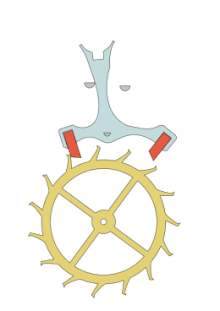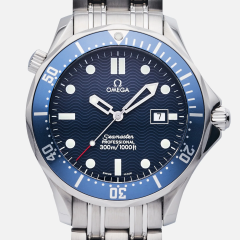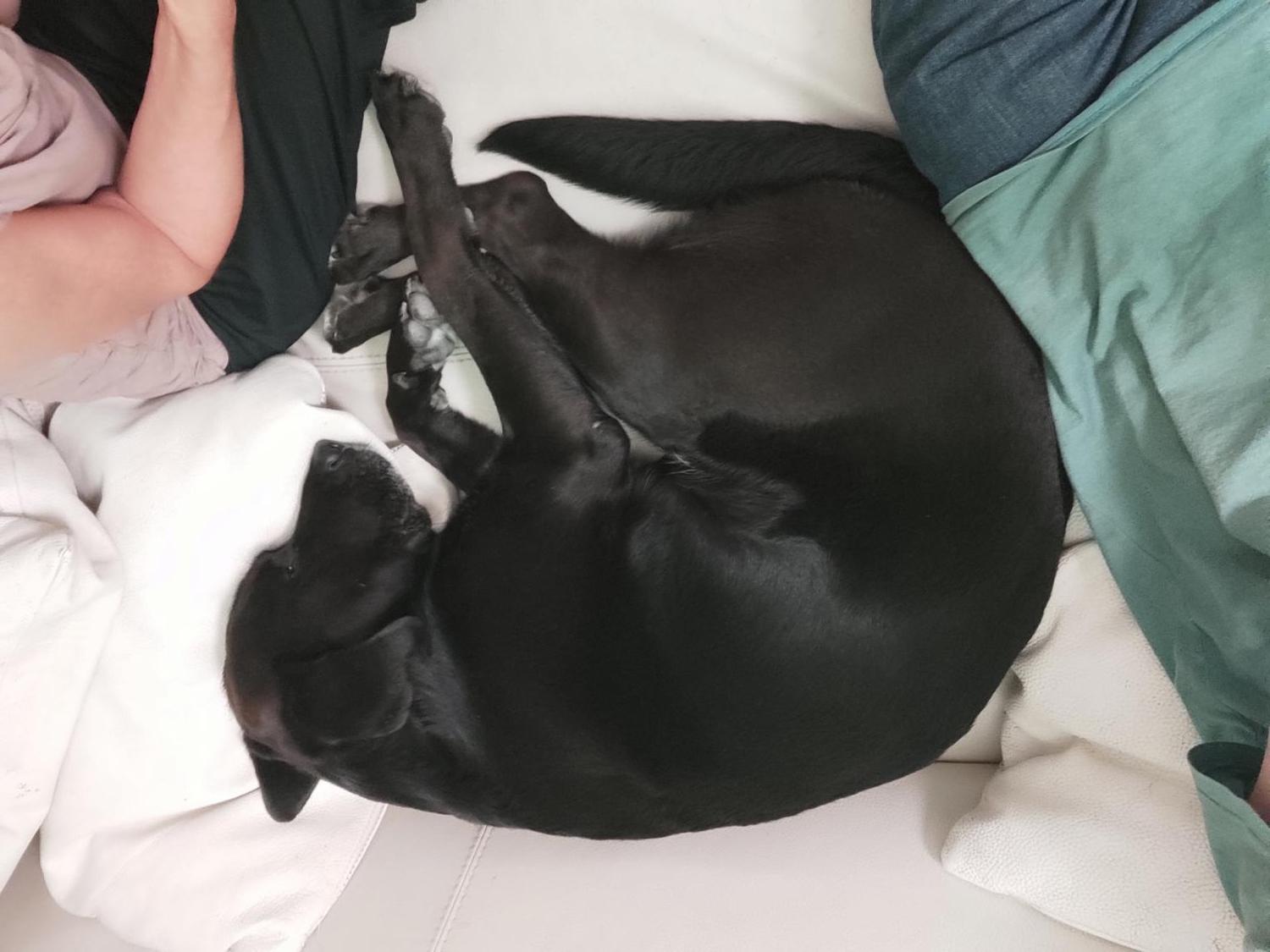-
Recently Browsing
- No registered users viewing this page.
-
Topics
-
Posts
-
I wonder if I'm really reading your quote correctly no epilam and no lubrication the pallet jewels? The epilam is only there to keep the lubrication in place depending upon the lubrication used it can disappear by basically spreading itself superthin and no longer doing its job. so basically if you don't epilam especially with light lubricants they just won't last as long. But not lubricating the escapement that has a really dramatic effect so maybe I didn't read that part correctly?
-
cross referencing parts can be such an interesting so the UT 6310 at least according the parts list is supposed to have some form of shock system for the balance wheel. http://cgi.julesborel.com/cgi-bin/matcgi2?ref=UT_6310 I don't know if the staff heights vary because they're all listed in the same place but there are four separate balance staffs depending upon the type of balance wheel you have. So for instance the balance wheel with screws like yours would use a different staff than one without screws but there's only one listing for one balance complete so Balance complete should fit the watch regardless of which type it is. Basically it indicates that there was an evolution of this watch the older balance wheel with screws than the newer type without.
-
By Neverenoughwatches · Posted
But here there are two variations of the 6310, the staff height will be different There are actually at least four variations of staff heights -
No idea Rich, but for your own sake please avoid inhaling the fumes.
-








Recommended Posts